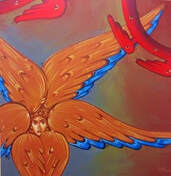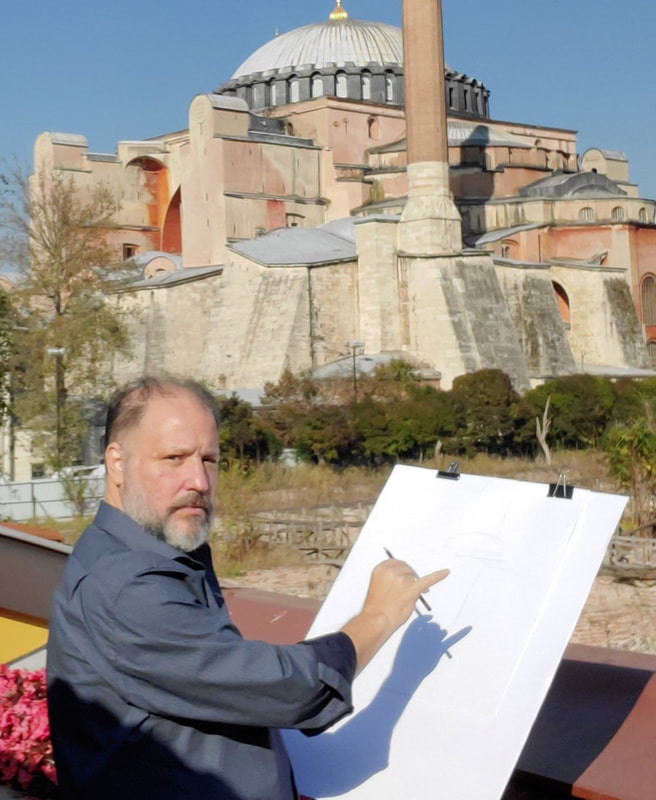|
In ancient Greece Thucydides wrote: “…the catastrophe was so overwhelming that men, not knowing what would happen next to them, became indifferent to every rule of religion or law.” God forbid, we are bound to the same results, due to hierarchal indifference… An article “Holy Communion and the Coronavirus: Faith, Fear, and Fame in a Pandemic” is an exclusive on The Orthodox World website. A site which I have had the pleasure to be published (link) and enjoy reading often. Yet like many websites this anonymous editor, will not publish any counter points of view, not even for the sake of discourse. We are told a wonderful story about St Nicholas Planas, which by-the-way has nothing to do with a spoon and I probably would not have responded at all, if not for this sentence: “millions of people with lived-experience of the communal spoon for the remission of sins and for life eternal.” Yikes. Where does this theology exist! Some have raised “a spoon” to the same level as “Divine Communion?” Are we not reconciled via the spoons? And not by the spoons. Recognizing the spoon’s symbolism (as Panaghia, the Theotokos) we must remember it is Christ who “renews man’s corrupted and subverted nature.” Orthodoxy clearly speaks of the Virgin interceding for us. We do not elevate the All Holy Panaghia too “for the remission of sins and for life eternal.” I honor the chalices and spoons are the “dispenser and distributor of all uncreated gifts, amply distributing and sharing with others.” Like an Odegitria icon, we owe reverence and honor to the Theotokos who guides us “to Him with holiness, gentleness, love, firmness and inner convictions.” Something mono-spoon champions neglect in oration while fanatically attempting to defend a spoon as dogmatic.
Some pertinent questions seem to be echoed across social media, our modern-day water coolers: “What makes COVID-19 distinct from other recent pandemics such as SARS (2002) and H1N1 (2009), to say nothing of hundreds of years of pandemics?” “COVID-19, the disease caused by the new coronavirus, isn’t the first threatening disease that’s surged around the world — nor will it be the last.” The real concern is how the church will respond? Ironically those “guarding” the church from the simplest scientific solution (multiple spoons to avoid germs) demand the most difficult scientific data response (2000 years of compiled systematic data gathering). Humanity’s shared reality, our “lived-experience” in 2020 on the other hand is quite different. Instant communications, fake news, W.H.O. and CDC seemingly inconsistent daily, varied State restrictions on church practices and seating capacities (China, Germany, Austria or New York, Toronto, or Lima as wide-ranging examples). Its not the church instilling fear. But it should be the Church calming the storm. Fear is external from the church; however, it exists in our communities. Do we unassumingly not address these social concerns beyond “nothing will change?” Nevertheless, distinctiveness is not the debate, though hindsight might be. Here are a few historical instances which we might learn from: The Justinian Plague 6th Century The Justinian Plague wiped out half the population and the outbreak continued for 225 years, disappearing in 750. Spread by grain (the basis for prosfora) I’ll have to do more research but suppose a Christian or two succumbed either handling or making the bread. “According to Marianius Scotus in 716-717 Constantinople lost 300,000 souls.” Procopios said “At that time all the customary rites of burial were overlooked.” That seems like an ecclesial alteration. Plague in Georgia 1726 “Γράμμα Εκδόσεως” a license, of the then Ecumenical Patriarch Kallinikos to the then Archbishop of Georgia, dated August 2, 1726; releasing the Georgians from serving liturgy so they do not go to the churches and spread the pandemic of the plague. Cholera on the island of Syros 1854 The Greek island of Syros faced an epidemic of cholera in 1854. “Bishop Daniel of Syros and Tinos allowed for the fasting of the fifteen days of August to be dissolved in order for the inhabitants to be better fed, and he agreed with the authorities to limit divine services to a minimum to avoid gatherings. After being pressured, he gave in to the request to have a procession, which he considered ‘ill-timed due to the fact that crowds will gather together.’ Most of the time there were no funerals, but the dead were distanced from the relatives and quickly brought to the grave.” As a reminder, during the Spanish Flu Pandemic of 1918, 161 children died in one parish, Saints Constantine and Helen Greek Orthodox Church in Palos Hills, Illinois. Obviously, this is not an exhaustive list, but simply, illustrates the church has conducted herself the same way, in the past. In our modern era we have all seen the differing approaches across the Orthodox world. From an invitation by His All Holiness Ecumenical Patriarch Bartholomew to discuss the disorder, to the Muscovite disinfectant procedures. Some sort of consistency must be sorted out. “What would necessitate an impulsive change to the distribution of Holy Communion” There is no impulsive change! Only overly zealous reactions to a false presupposition. The real question one should be asking: Is the Divine Communion ONE? If so, our Tradition dictates “multiple spoons.” So why the hoopla? Why the pseudo-safeguarding of a Tradition, no one is challenging? “Are priests in constant danger since they always consume the remaining consecrated elements following every Divine Liturgy?” A rhetorical question because no one knows the answer. We take it on faith, that nobody is in “danger.” I also have firsthand experiences which dictate the impossibility of illness transfer by consumption of the gifts (those testimonials are for another article). That said, the priest does not personally use the spoon at the beginning, during, or end of services… unless he utilizes it to break up the Amnos while consuming the remaining gifts. If it were loaded with lipstick, I’m pretty sure he’d clean it before using it. “Why are some hierarchs recommending change now, where their predecessors in similar situations did not?” Bolstering the social media frenzy surrounding this dishonest spoon debate, this is overtly a substandard criticism directed at His Eminence Archbishop Elpidophoros, The article links Archbishop Michael’s 1953 letter about Holy Communion. Yet neglects to point out how many other historical examples of hierarchs “altering” and completely ceasing services for a season. As elucidated earlier, practices have changed throughout the centuries, i.e. even the introduction of “the spoons” is change. There needs to be a paradigm shift in the narrative. The constant intimations that those advocating for more spoons must first prove how disease has been transmitted via Divine Communion, or else no change is compelled, is a red herring. I do not believe the Eucharist can ever transmit illness. The questions play to our ignorance in our own Orthodox history, theology, or sentimentality… an unworthy contention. Here are some questions for those dogmatizing a communal communion “single spoon” ecclesiology.
Disagreements are not cause for condemnation or verdicts of heresy Is anything more frustrating than when those defending a straw-man argument, trust their own biases, unrelated experiences, or irrelevant anecdotes to synthesize a defense? This approach is not a solution to our current situation. It only offers, “the highway,” to those with uncertainties.
We must defend the flock from idolatry and embrace everyone in the bosom of the church.
Very Rev Andrew Mahalares
6/29/2020 12:11:01 pm
Much ado about nothing! Comments are closed.
|
Most Popular Posts
Archives
October 2024
Categories
All
Αγιογράφος
Ηλίας Δαμιανάκης Άρχων Μαΐστωρ της Μεγάλης του Χριστού Εκκλησίας AuthorBy the Grace of God Archon Elias Damianakis has ministered in the study of Holy Iconography since 1980. In his biography you can read about Elias' life and on his portfolio page you can see where he has rendered some of his hand painted iconography or visit the photo galleries to see some of his work. There is a complete list of featured articles, awards and testimonials which you can visit, as well as a list of notable achievements here below. Please contact Elias for more information or suggestions for this website, thank you and God Bless. |
||||||||




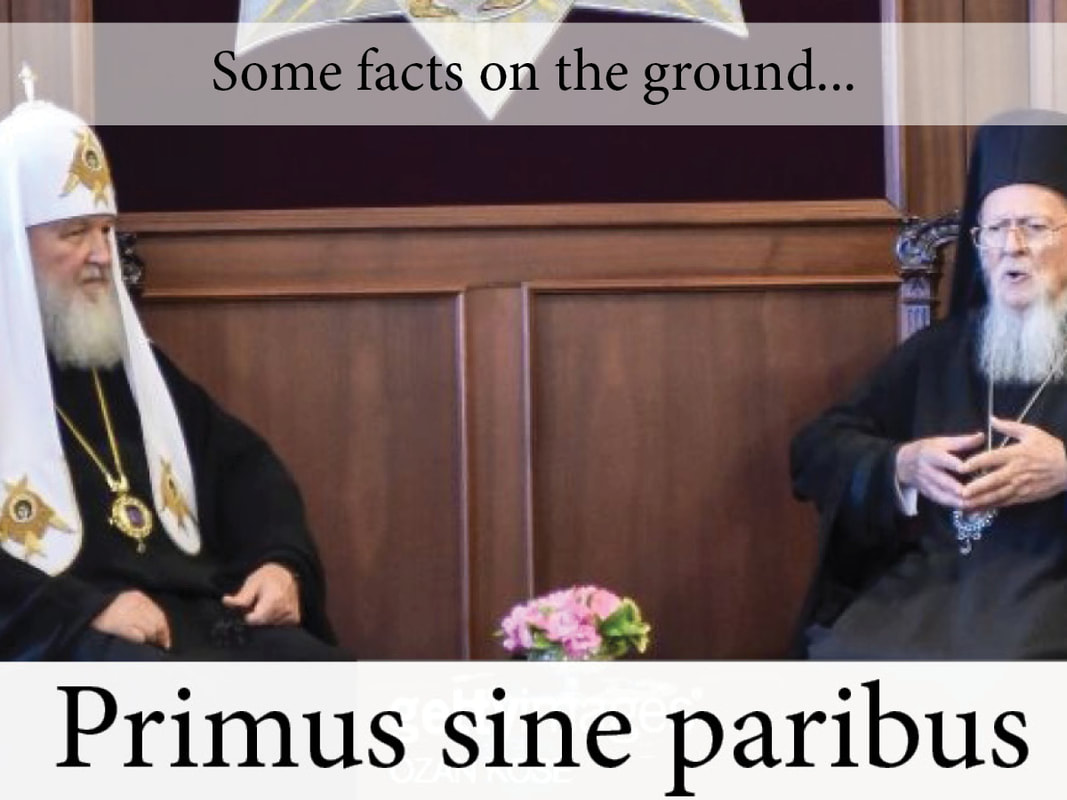
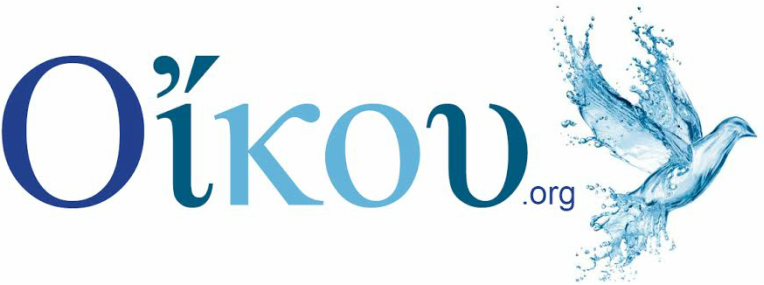
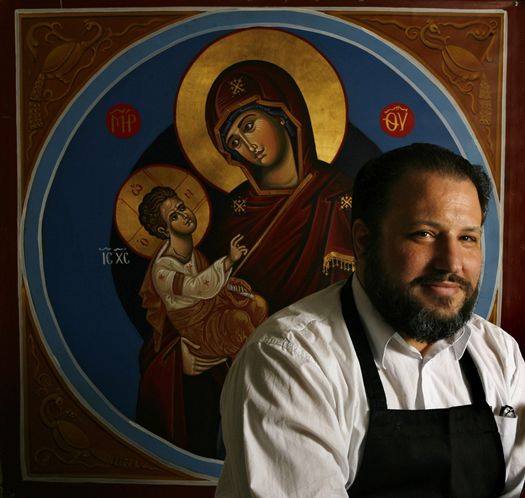
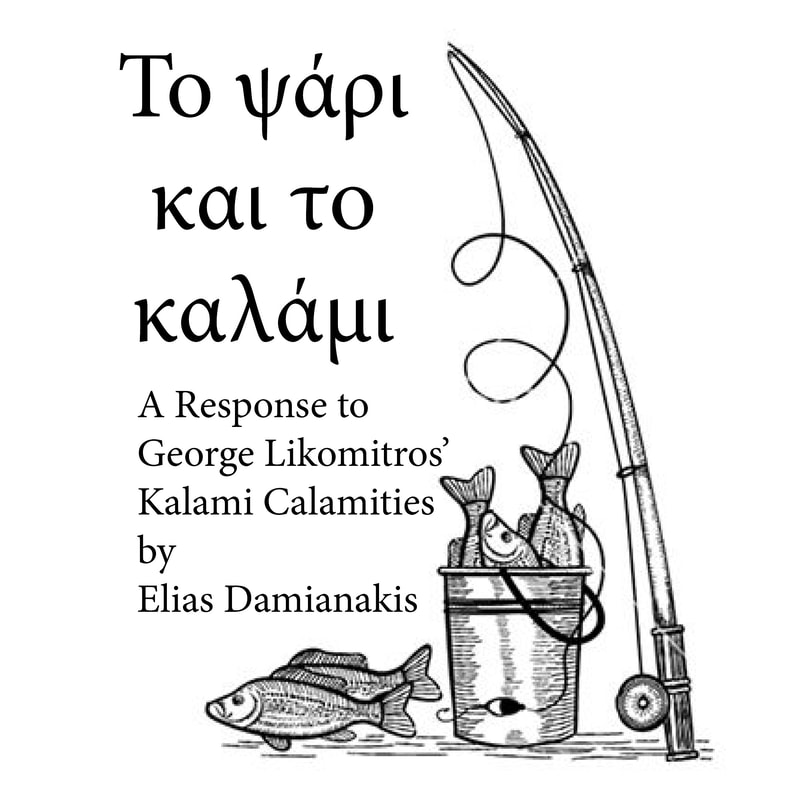
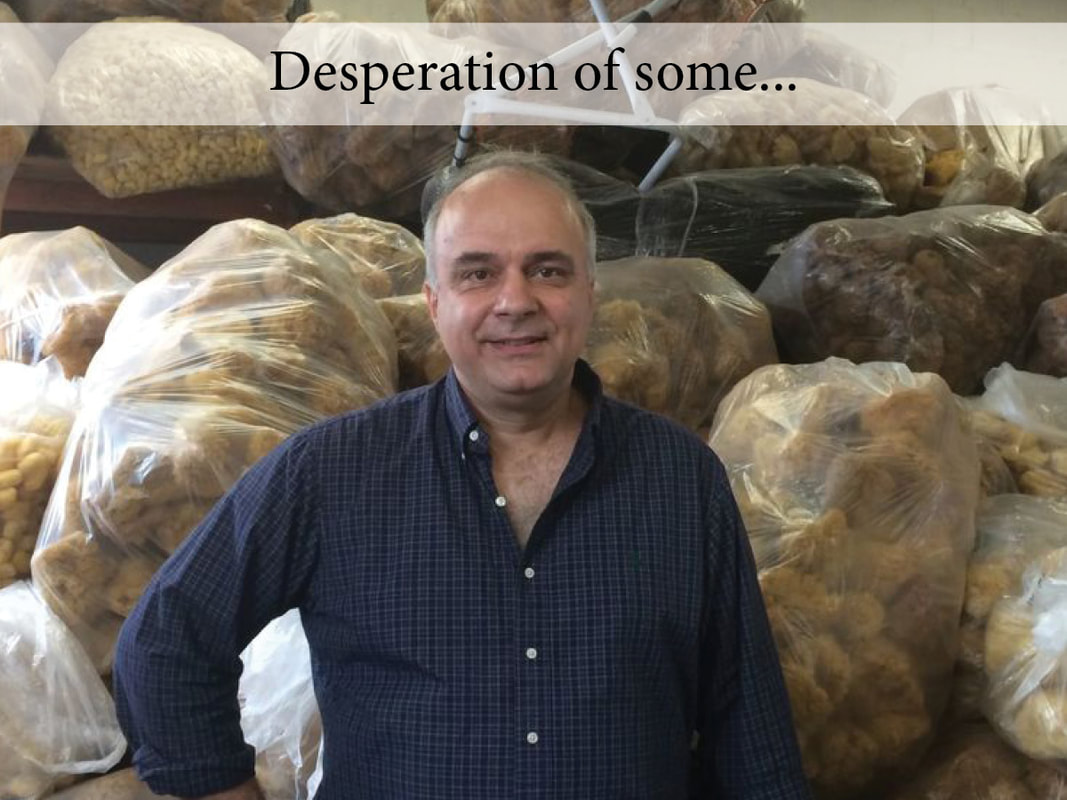
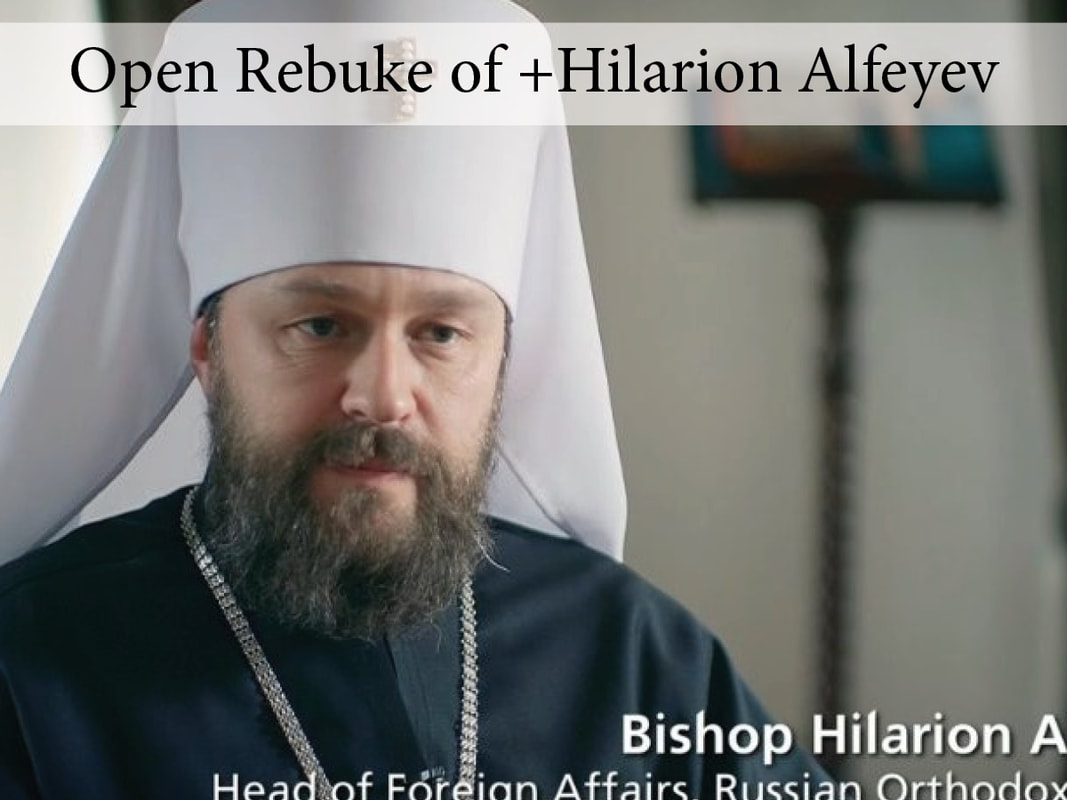
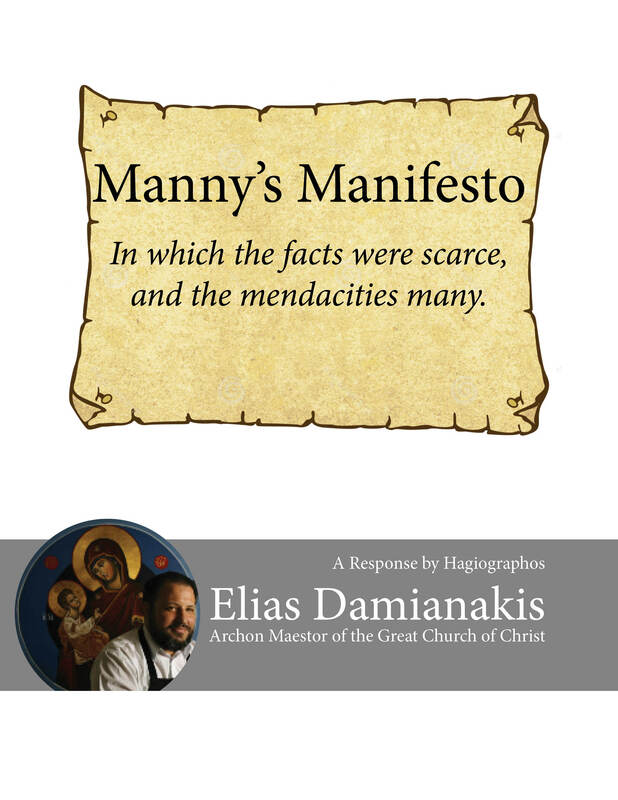
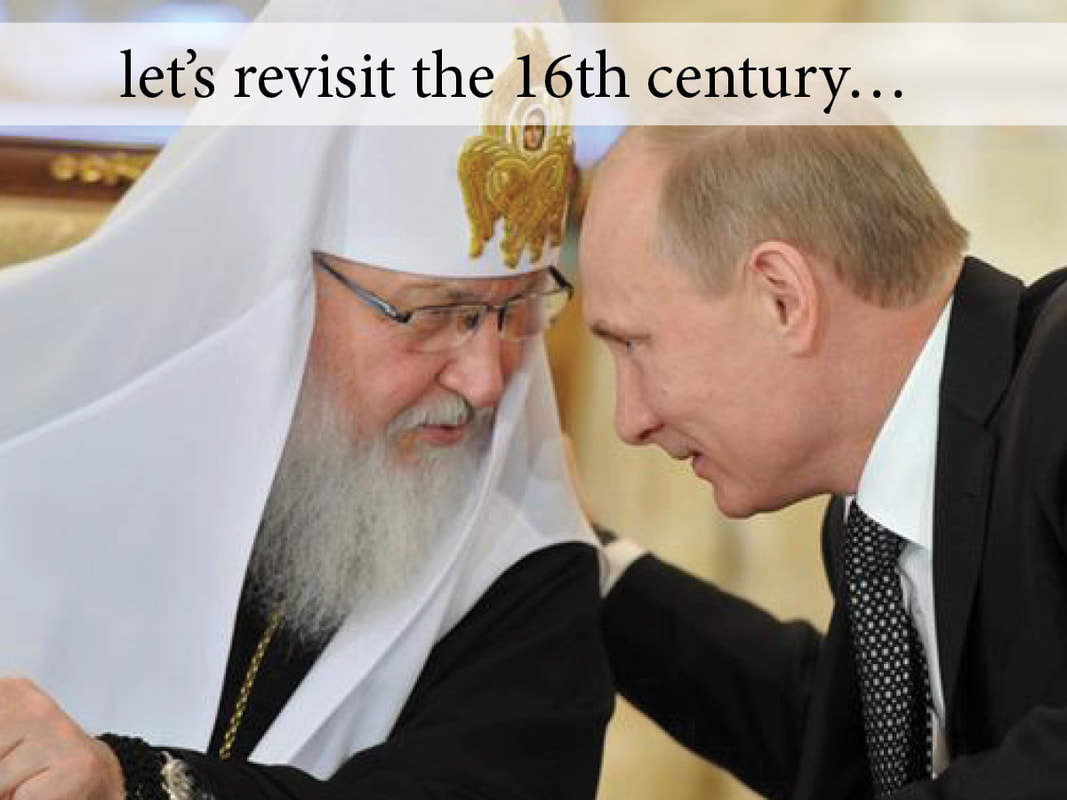
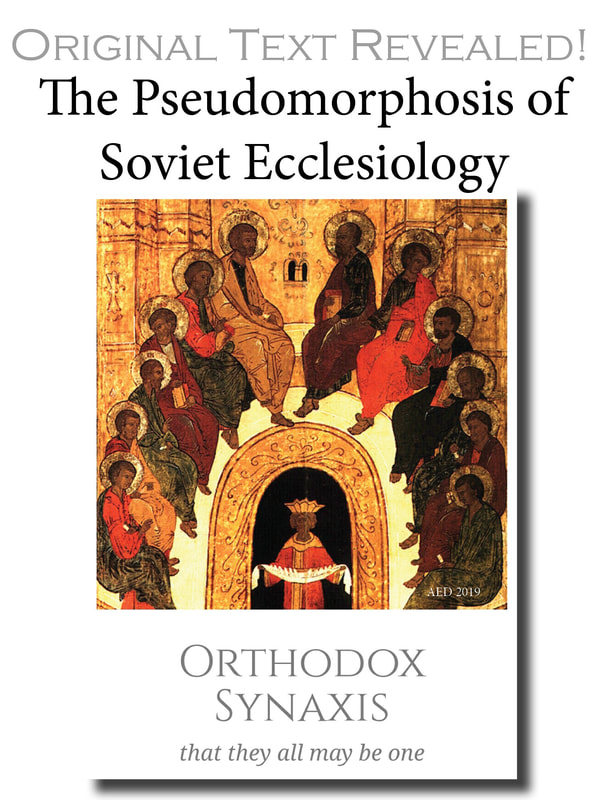
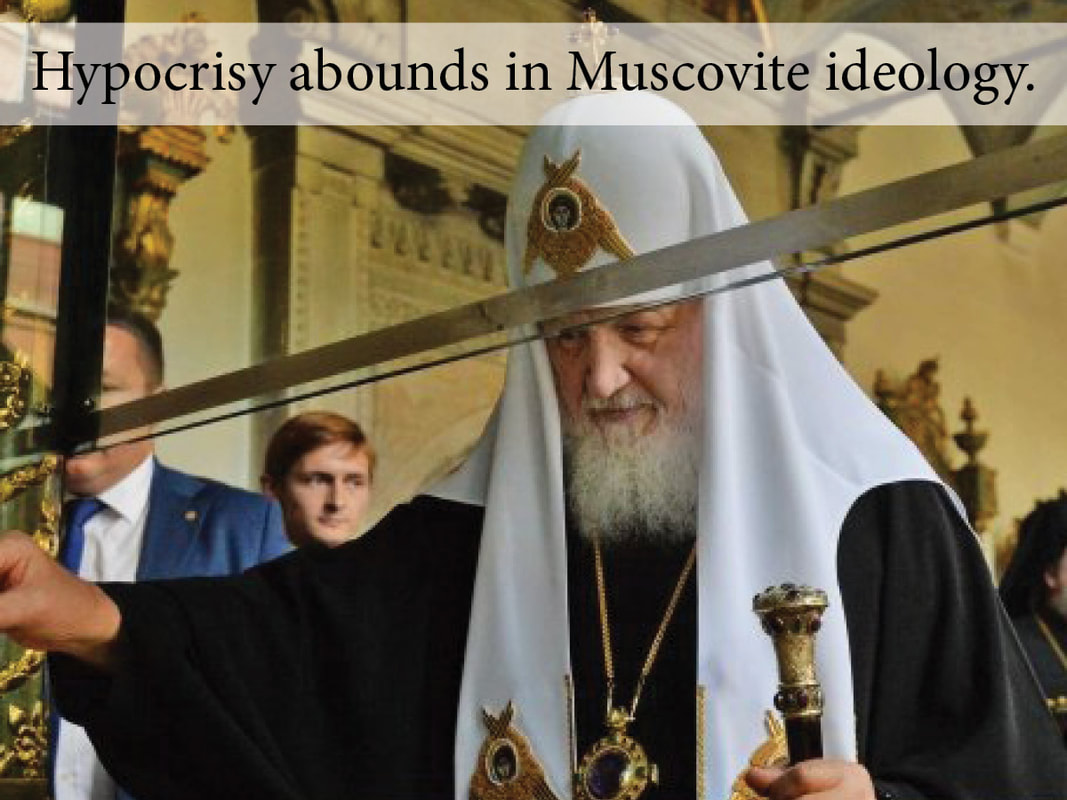
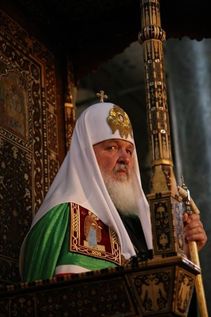
 RSS Feed
RSS Feed
